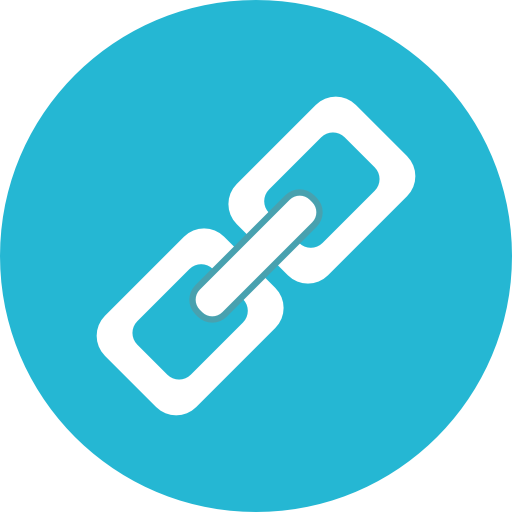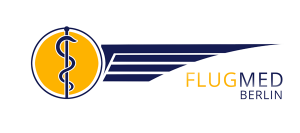Which license entitles to what?
Class I – ATPL and CPL ~ Class II – PPL ~ LAPL ~ Cabin Crew
Airline Transport Pilot Licence (ATPL)
The final level and top class of pilot training is, of course, the airline transport pilot license (ATPL (A)). This qualifies a pilot to work as a commercial airline pilot without restriction. With such a pilot license, all large aircraft such as an Airbus or a Boeing can be flown (Multi Crew). The goal of this training is the qualification to work as a responsible pilot for airlines. For this purpose, one not only has to acquire the license, but also has to demonstrate relevant flight experience. Upon completion, the pilot is initially issued a so-called “frozen ATPL”, which is a co-pilot status. Only after a certain number of flight hours (at least 1,500) may one be employed as a captain in command on commercial aircraft.
Even a private pilot is required to meet high standards of theoretical knowledge, practical skills and medical fitness. Depending on the license, of course, these requirements increase further. This includes proof of regular flight experience and medical examinations.
Commercial Pilot Licence (CPL)
If you want to fly commercially, you need a Commercial Pilot License (CPL). Operate aircraft certified for a single pilot (single pilot) for commercial purposes with a commercial pilot license. This generally includes almost all single- and twin-engine propeller-driven and jet-powered aircraft, below a maximum takeoff mass of 12.5t. With such a license, for example, paid sightseeing flights, business flights or cargo flights can be performed. Unlike the private pilot license, the commercial pilot license already requires a Class I medical fitness and an English radiotelephone certificate. Also, 200 hours of flight time as a pilot on powered aircraft and additional theoretical training. In order to be able to perform flights at night and in poor visibility conditions, it makes sense to also acquire an instrument rating.
Private Pilot License (PPL)
As a first step you need the private pilot license. With this license you are authorized to fly during the day for private purposes. Commercial use of the flights is not permitted. This pilot license is only suitable for traveling with friends or family members. The private pilot license can be taken for powered aircraft (PPL (A)), for helicopters (PPL (H)) or for driving balloons (PPL (D)). To obtain a license, a minimum age of 17 years is required, a medical certificate of fitness to fly, training in immediate measures at the scene of an accident and thorough training in theory and practice. Theoretical learning contents are air law, meteorology, navigation, technology, behavior in special cases and human performance. In addition, theoretical training and examination in aeronautical radio takes place. Extensions such as night flight, instrument flight and aerobatics can be purchased individually. The private pilot license for airplanes can be taken at most flight schools.
.
Light Aircraft Pilot Licence (LAPL)
The LAPL is a license below the ICAO standard. It entitles the holder to fly by day in the EASA states: There is this new license for powered aircraft, gliders, helicopters and balloons.


